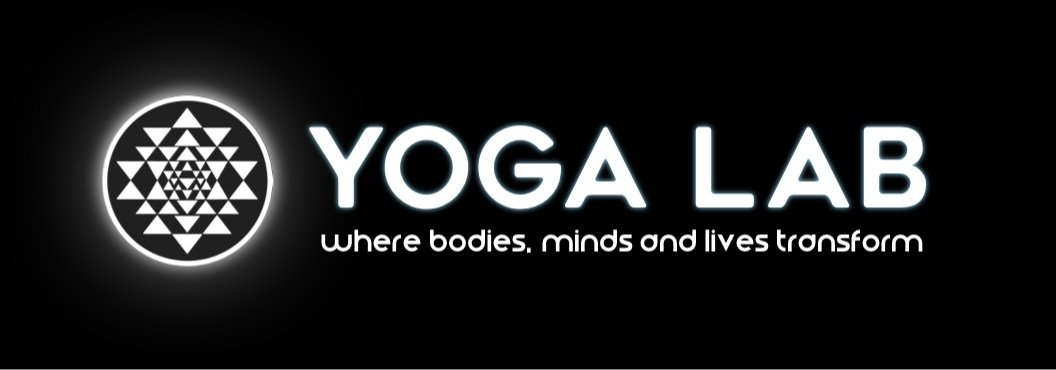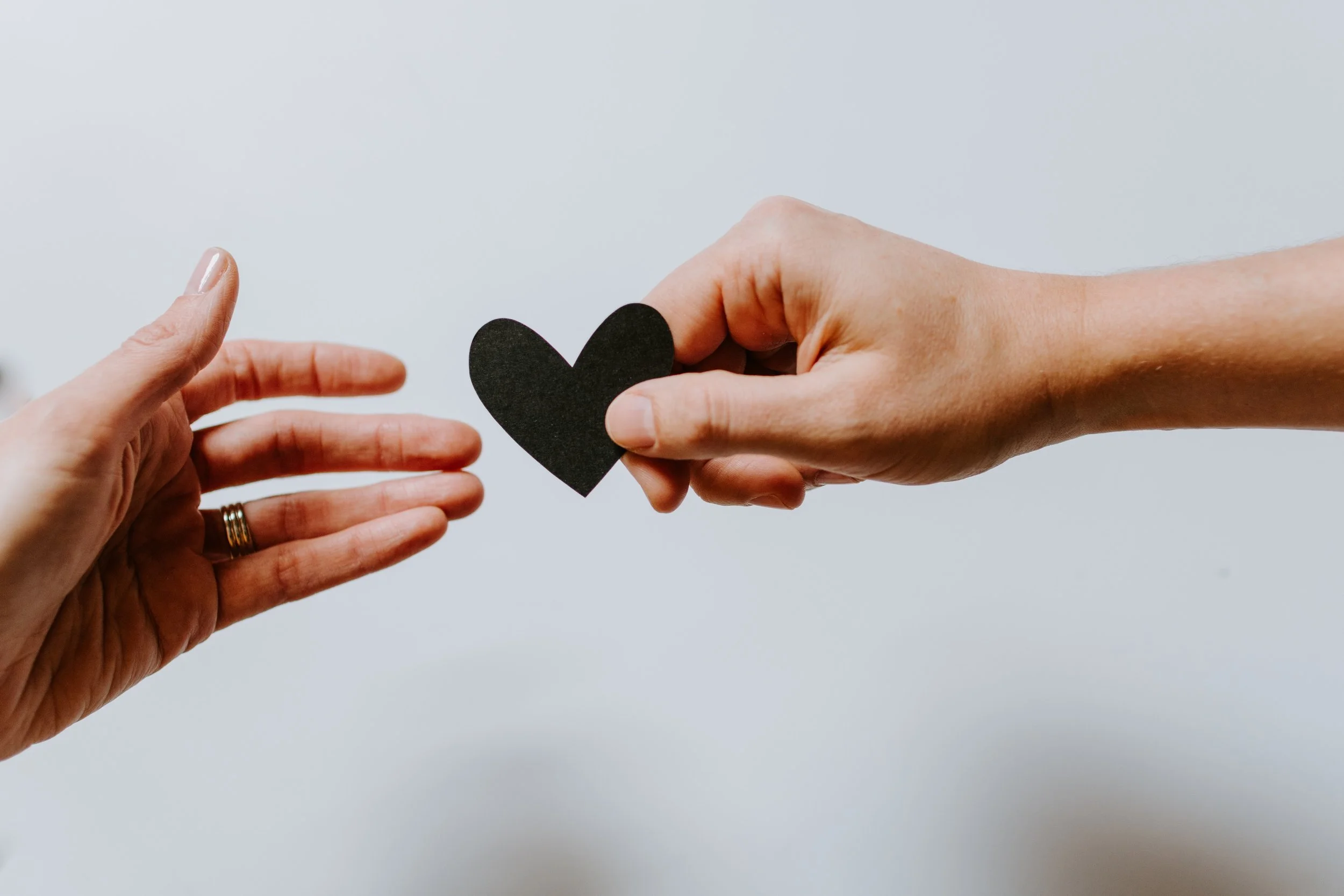Ahimsa: The Yogic Path of Peace and Kindness
by. Javardh-
The Value of Non-Violence
Not so far back in the recent past, an infamous peace activist started a revolution that would spark a bright light in a time of darkness. Driving his mission for peace and equality through non-violence. Mahatma Gandhi, one of the great teachers of our lifetime once said, “Non-violence is the greatest force at the disposal of mankind. It is mightier than the mightiest weapon of destruction devised by the ingenuity of man.”
“Non-violence is the greatest force at the disposal of mankind. It is mightier than the mightiest weapon of destruction devised by the ingenuity of man.” - Gandhi
Gandhi, a leader from India led a nonviolent movement for independence and equality for his people. Inspired by the first tenant of the eight limbs of yoga from the Yoga Sutras, Gandhi taught Ahimsa (non-violence) by highlighting the ability to make great change through radical acceptance. As he was met with pain and violence, he peacefully sat down and applied compassion for the injustices that were happening.
The power of choosing surrender over violence in real time inspired generations after him. (Coincidentally, around this time Yoga started making its way to the West.)
Each generation since has had its own unique lens through which Ahimsa has shined its light. In the 1950’s Martin Luther King ignited a rebellious movement that ended segregation of black, colored, and white humans in the United States of America. His peace protests were amplified with this message: “We still have a choice today: nonviolent coexistence or violent co-annihilation. We must move past indecision to action.”
“We still have a choice today: nonviolent coexistence or violent co-annihilation. We must move past indecision to action.” - Martin Luther King
At the height of the Vietnam War in the 1960’s he gained worldwide notoriety. As innocent victims in Vietnam, Laos, and Cambodia lost their lives at the hands of Americans. MLK turned the tables back on his own political system saying, “There are many causes I would die for. There is not a single cause I would kill for.” and “Nonviolence is a powerful and just weapon. It is a weapon unique in history, which cuts without wounding and ennobles the man who wields it. It is a sword that heals.”
Nonviolence is a powerful and just weapon. It is a weapon unique in history, which cuts without wounding and ennobles the man who wields it. It is a sword that heals.” - Martin Luther King
Gandhi and MLK sparked reflective systems that inspired humans to look within themselves to create change. By following the virtues first recognized by the eightfold path of yoga; these great leaders taught how to turn the light of awareness inward.
The Fundamentals of the Yogic Path
The Eight Limbs of the Yoga Sutras begin with the most tangible aspects of the human psyche. The 8 limbs are then categorized into subgroups that identify traits that can be practiced to live a harmonious life. By following these guidelines humans come closer towards the consciousness of nirvana - eternal bliss.
The Yamas represent the first limb which teaches about restraining specific aspects of the human personality. These mentalities can be avoided to remove pains that are based in: violence, thievery, lying, hoarding, and excess. Restraining these behaviors centers the mind to lead with patterns that induce wellness. Alternatively, granting access to a life that is free from sorrow and full of contentment.
As the first instruction of the Yamas (restraints) and the Niyamas (observances), AHIMSA offers enormous value. Even though the Yamas and Niyamas are not so much set in an order of the most important to least significance. Ahimsa does offer a huge precedence above the later 9 ethical standards that follow it.
Ahimsa, is the first restraint of the ethical code. This empowering concept of “non-violence” applies to humanity as a whole but also within the whole Self.
Non-violence As An Inner Practice
It is much easier to comprehend the audacities of violence that happens outside of ourselves. We can tangibly measure violence when it's happening to an entire population of people but, what about the subtler aspects of violence that attack the self? Hatred, anger, resentment, deprived thinking… These are other forms of violence that infect our inner worlds. Many of us are unaware of the lingering resentment that has built up after years of watching others have the things we felt we needed. The phrase ‘we are our own worst critics’ isn’t well-known for no reason.
These are tiny poisons we walk around with everyday, unaware of how they gradually separate us from joy. These typical human behaviors occur almost intrinsically. As a yoga teacher, I see it happening when students say they cannot practice yoga because they have some limiting belief. Rather than showing up with compassion for the circumstances in the present moment they act with resistance, upset, and resolve to quit. Non-violence does not mean quitting, rather it requires the opposite.
“Hatred, anger, resentment, deprived thinking… These are other forms of violence that infect our inner worlds.”
Ahimsa as represented in this quote by the Dalai Lama, “I consider non-violence to be compassion in action. It doesn’t mean weakness, cowering in fear, or simply doing nothing. It is to act without violence, motivated by compassion, recognizing the rights of others.”
“I consider non-violence to be compassion in action. It doesn’t mean weakness, cowering in fear, or simply doing nothing. It is to act without violence, motivated by compassion, recognizing the rights of others.” - Dalai Lama
As our modern teachers approach us with lessons about non-violence, we see that compassion and kindness are at the forefronts of the movement. Compassion is the form of radical acceptance that inspired the equality leaders of our past. As we grow as a collective with a greater understanding, we can begin holding ourselves accountable for ourselves.
“Compassion and love constitute non-violence in action. They are the source of all spiritual qualities: forgiveness, tolerance, all the virtues. They give meaning to our activities and make them constructive.” -Dalai Lama
This means speaking in the mind with loving words. Eating nourishing food that provides quality energy for our spirit and body. Maintaining relationships that see us at our “worst” and still call forward for more of who we are.
Non-violence translates as an action of seeing everything as an act of love, a deep call for it. As once quoted by: Martin Luther King, “At the center of non-violence stands the principle of love”; and Mahatma Gandhi, “Nonviolence is a weapon of the strong.”
“Nonviolence is a weapon of the strong.” - Gandhi
Next time you face adversity, whether on your mat or in your waking life, turn towards your super-human weapon: Ahimsa. The yogic path of peace and kindness through active compassion.
by. Christian Wiediger


